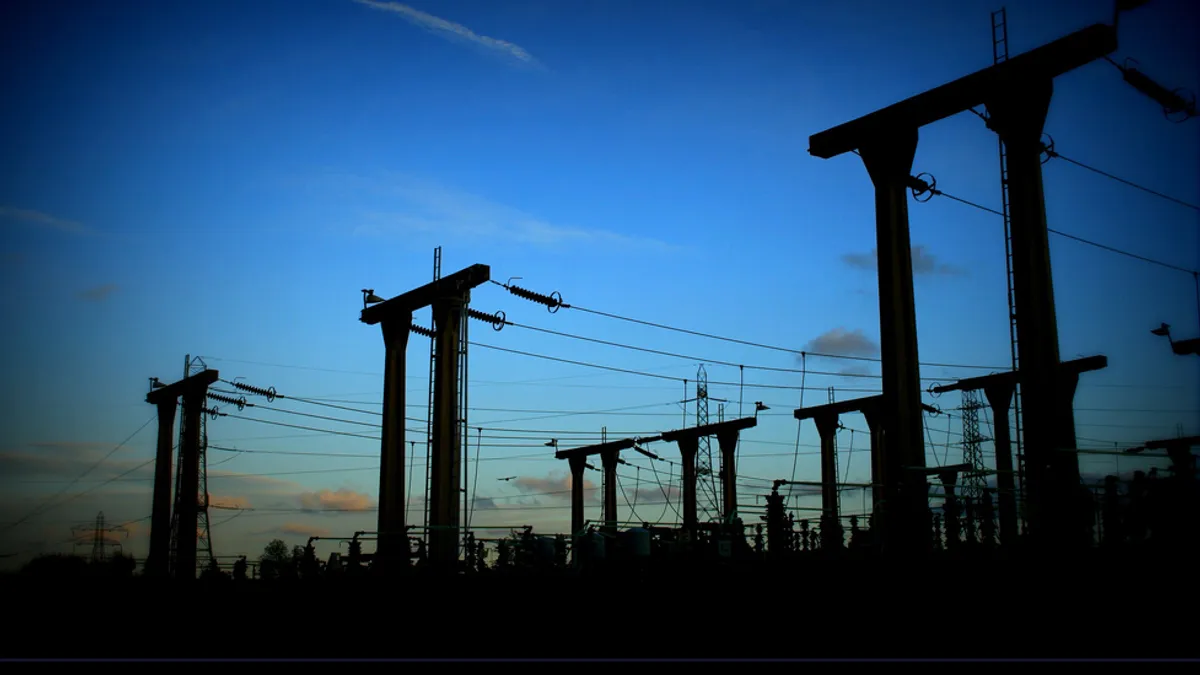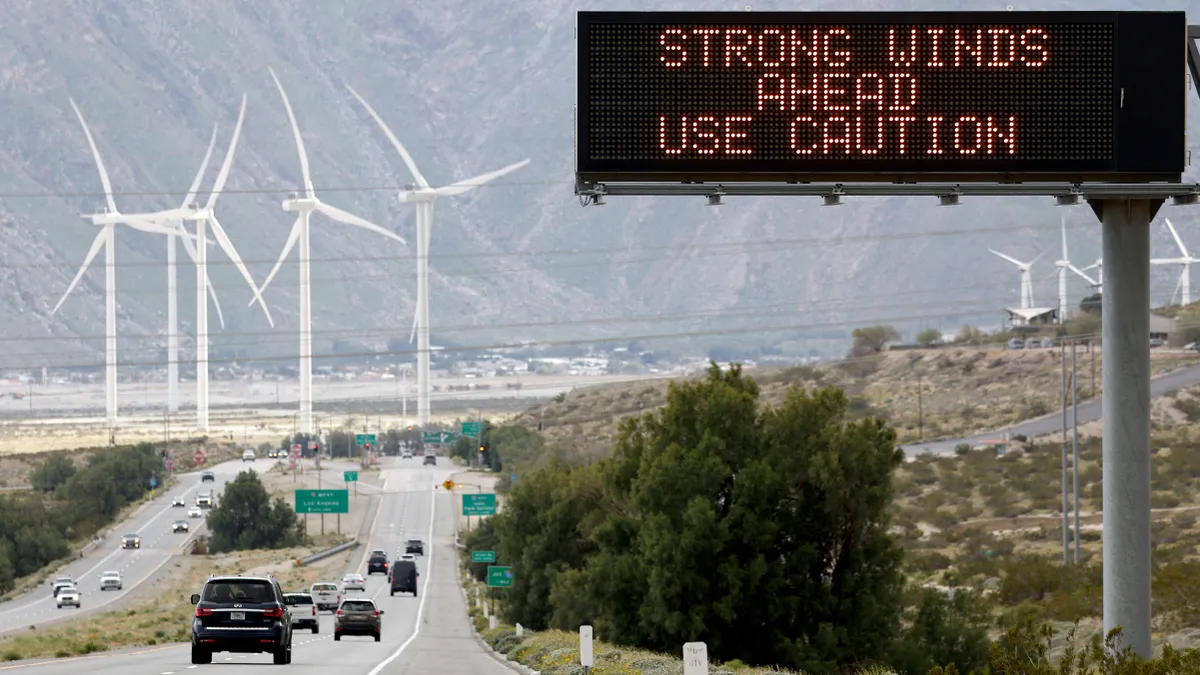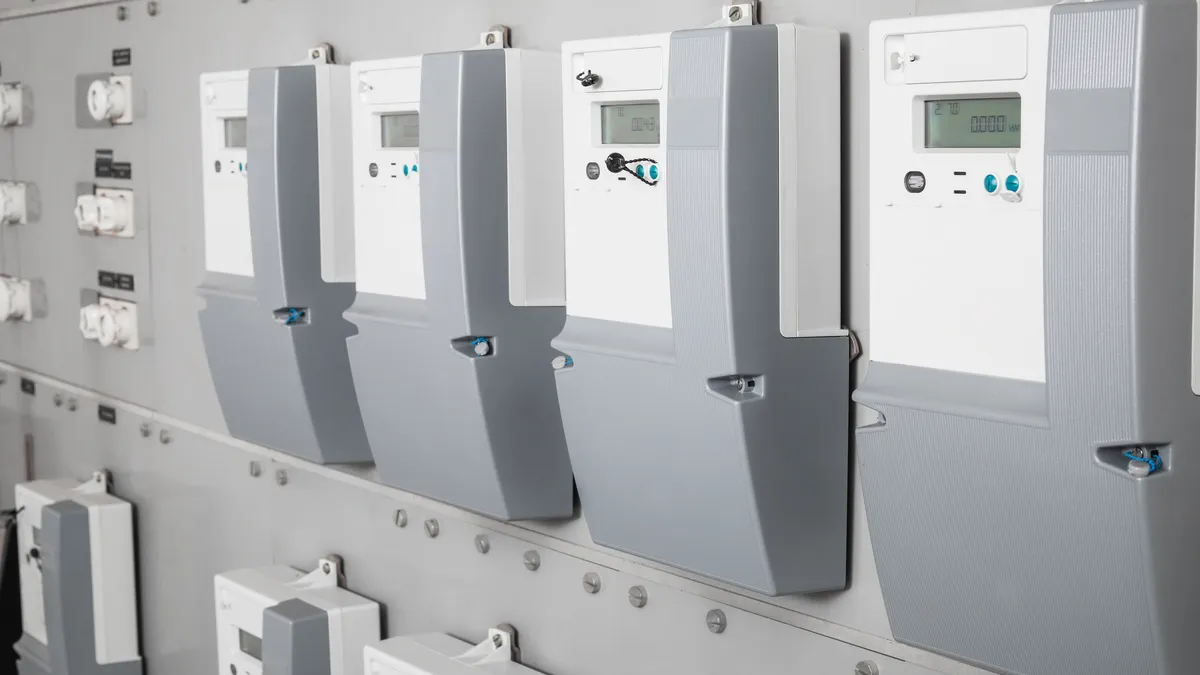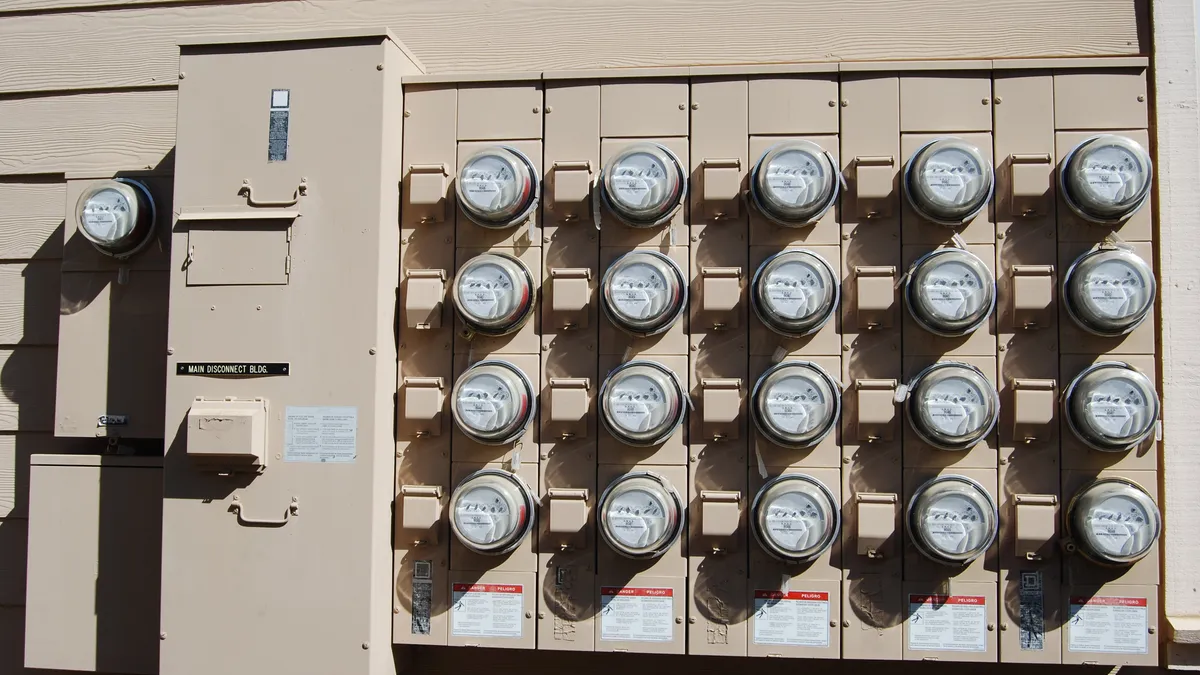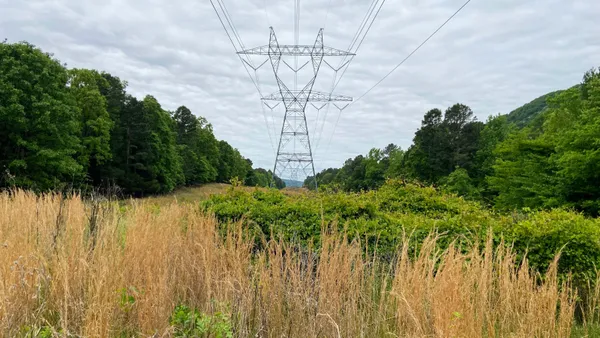It's too soon to say the utility industry has evolved, or reached some kind of 2.0 status in 2016. There's still much work ahead and most states have yet to forge ahead with new business utility models and aggressive grid reform. But the vision became clearer this year, outlined by favorable policies and strong research, and enabled by cheaper technologies and more robust infrastructure.
While coal and natural gas may continue their commodities war for some time, new battle lines are being drawn. The next resource tensions will be between the value of storage and demand flexibility, and between the brute force of clean resources and developers' ability to isolate their locational value.
In New York, utilities have made significant progress using distributed resources to defer costly investments, and are experimenting with new business models. In California, demand response and storage are now competing in wholesale markets. Several states, notably Hawaii, have shown how to bring intermittent resources online quickly.
Regionally, PJM has strengthened its capacity product while working to enable demand response as a competitive resource. In the Northeast, voluntary carbon markets are saving (literal) tons of pollution, while in the West, a voluntary energy balancing market is saving millions of dollars and optimizing use of renewable energy.
Taken in aggregate, the progress is undeniable. But not a single utility or state has it all nailed down. Progress is patchwork, and some form of barriers remain in every jurisdiction. The inherent difficulty and tension in the utility evolution has little to do with a single policy or stakeholder, but the shift in fundamentals. Utilities are tightly regulated because they often operate as a natural monopolies, but as distributed resources become the norm rather than exception that basic idea will vanish.
"The electric industry is really quite a unique industry," according to Phil Giudice, CEO and President of Ambri, a company working on energy storage solutions. "New resources like distributed solar, storage, and other technologies that are coming onto the grid create many challenges for the traditional infrastructure and regulation and market structure to deal with, but create tremendous benefits also for the grid."
Giudice recently served on the advisory committee for new research by the Massachusetts Institute of Technology, focused on polices that will enable the "Utility of the Future," as the paper was dubbed. The lengthy examination of policies and case studies found three basic ideas will be essential to the broader evolution of the industry, including technology-agnostic pricing and transparent rates that reflect time of use. What the paper describes is a granular and encompassing form of retail net metering, with a focus on both "when" and where."
And for resources like rooftop solar or battery storage, the report finds understanding tradeoffs between "locational value and incremental unit costs due to economies of unit scale can help planners identify the ideal locations and applications for these resources."
According to MIT, bringing all of these ideas together with new resource types will move the grid towards a model that sends effective pricing signals to consumers and resource developers alike, eliminating wasted energy and expense.
"The goal is to facilitate the integration of all resources, be they distributed or centralized, that contribute to the
efficient provision of electricity services and other public objectives," according to the report.
Take demand response, says Dan Delurey, president of Wedgemere Group. Looking ahead to 2017, the resource is "set to transcend its founding purpose," he said.
Demand response was first aimed at peak reduction on utility systems that were fairly predictable. But as intermittent resources like wind and solar become more common and demand shifts, the electricity load curve is becoming “peakier," says Delurey. "Therefore DR has to become more dynamic in its design and its delivery of services to the electricity system."
MIT: How to establish a level playing field
At the heart of MIT's vision is a "level playing field" for energy resources that allows efficiency and least-cost resources to be the default choice. But reaching that point will require policy changes and more technology rollout.
"Cost-reflective electricity prices and regulated charges should be based only on what is metered at the point of connection to the power system—that is, the profile of injections and withdrawals of electric power at a given time and place, rather than the specific devices behind the meter," the report proposes.
Further, researchers say cost-reflective prices and regulated charges should be "symmetrical, with injection at a given time and place compensated at the same rate that is charged for withdrawal at the same
time and place."
What the paper describes is a granular, location-based system of net metering which would compensate storage and solar pumped onto the grid, for instance, at the same rate charged for electricity consumption at the same point and at the same time.
Flat, volumetric tariffs "are no longer adequate," the report says, and goes on to blame them for "inefficient investment, consumption, and operational decisions."
Among other keys MIT identifies: utilities must develop new business models, and regulatory structures must enable them; conflicts of interest must be minimized; wholesale market design must incorporate distributed resources; and existing assets must be better-utilized.
If the industry can get all of these concepts to work together simultaneously, "it has the potential to actually reduce the cost of electricity," said Giudice, "while we are reducing emissions substantially."
Demand response may set new resource battle lines
In some ways, storage and demand response serve the same purpose: correcting price signals. Demand response moves load to cheaper times, while storage leverages the ability to capture cheap power and avoid expensive demand charges.
Christian Weeks, vice president and general manager of global demand response for EnerNOC, said 2016 was a year in which demand response matured, while storage is still on the horizon.
"It's a matter of when, and the cost curve," he said. "The market is coming, but the opportunity is still a few years out."
EnerNOC does work with customers who utilize storage in demand response, and Weeks said that is likely to be a growing model. "We’re going to continue to see more flexible, dynamic resources, with more annual availability to integrate intermittent resources," he said. "Demand response is a compelling technology that doesn’t require subsidies, doesn’t require incentives. It’s a technology that makes markets more efficient."
MIT's research included a case study on the value streams associated with flexible demand and energy storage, and how they integrate at the residential level, showing that "demand flexibility has the potential to diminish battery revenue streams."
"Demand flexibility has a significant negative impact on the profitability of batteries," the report concluded. "As the amount of flexibility increases, the cost of batteries must significantly decline for batteries to be profitable."
Delurey said the tension between those two resources was likely to grow as they are adopted widely.
"2017 will also be a year when other DERs continue their rise, and in doing so become more of a competitor for DR," he said. "In particular, storage, is set to expand rapidly and will increasingly become a dynamic tool for meeting dynamic needs of the grid – similar to the way that DR is being used."
The growth of demand response as part of the utility business model "may not advance that much in 2017, in my opinion," Deluray said. Instead, utilities "are more focused on other DER like microgrids, storage and community solar as options that fit into a transforming utility business model."
The first market where that new competition between DR and DERs could play out is in California, where the state's ISO has requested federal regulators approve tariff changes that would allow smaller, distributed resources to be aggregated and bid into the state's energy and ancillary service markets.
The state's Demand Response Auction Mechanism, which allows demand response to compete as a capacity resource, procured 40 MW in its first outing and about 80 MW in the second. The third DRAM auction this year will be closely watched, and not just in the United States. The transformation occurring here is also going on in other countries with developed utility systems.
Demand response in North America is "solidified as a grid resource," said EnerNOC's Weeks. "Increasingly, markets around the world are looking to follow the United States' lead, so we see lot’s of growth."
Correction: This post has been updated to reflect that the MIT paper advocates for solar incentives that reflect the rate charged for electricity consumption at a certain location and time, not the cost of comparable centralized generation.



